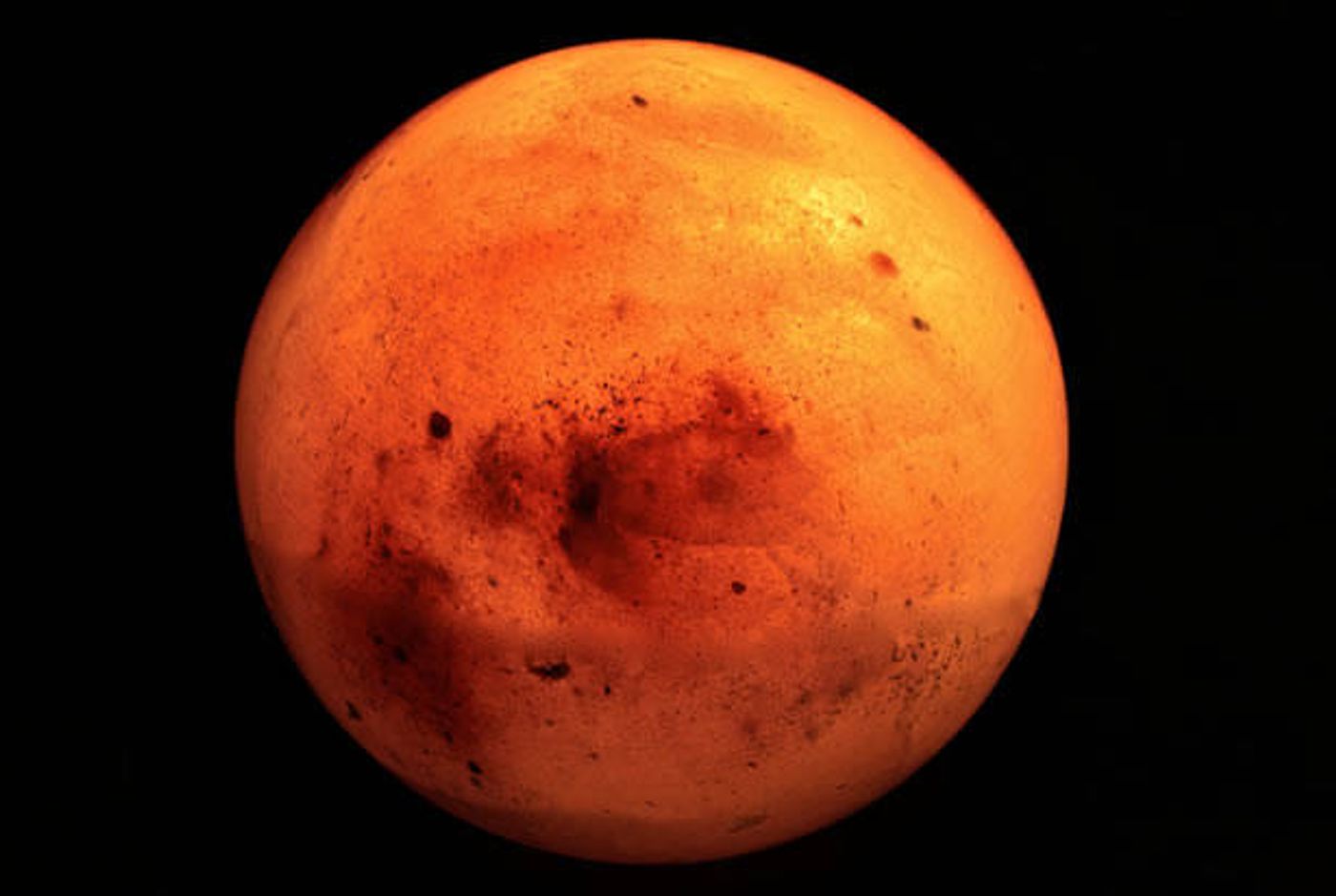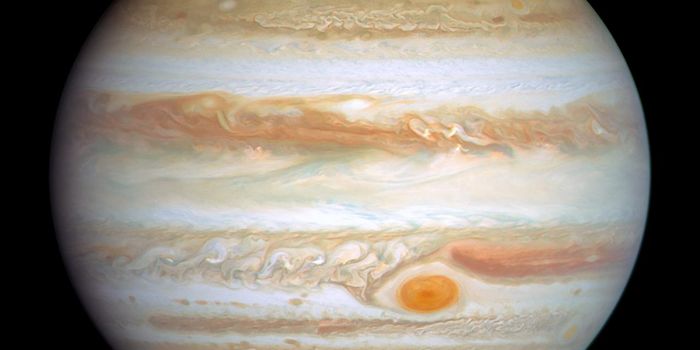Did Past Space Rock Impacts Make Mars More Habitable?
Did Mars become more habitable over time all thanks to the collisions it has endured from large space rocks like asteroids and comets?
In a study documented in the Earth and Planetary Science Letters, scientists reveal that these impacts may be some of the leading factors in why Mars has such a habitable temperature range and flowing water among other potential life-supporting features.

The scientists used 3D computer modelling to predict what happened to the planet and its living conditions during the times of these impacts.
Although there are still no traces of complex life on Mars, or any other planet in our solar system for that matter, it is believed that the living conditions on Mars are constantly changing due to these impacts and the conditions there may be just right for life forms to begin emerging, just like they magically did here on Earth.
The remnants of flowing water found on Mars may be that of melted ice from a once-wet planet that has evaporated from the lack of a protective magnetic field against solar activity, and all of that water may have been brought there by way of space rocks.
The activity from these spatial bodies smacking the planet millions of years ago also would have warmed the planet up. This activity causes high amounts of energy deep within the planet’s crust, which has since cooled down significantly from the lack of recent impacts, which explains why the planet is so cold now.
Unlike the Earth, which has tons of flowing water and a strong protective magnetic field, Mars is a barren desert wasteland with only small amount of verified flowing water. Regardless, its position in the solar system makes it a prime breeding ground for potential life.
While modern rover and spacecraft equipment still has yet to find any life forms on the red planet, NASA eventually wants to send mankind to Mars so they can perform their own experimentations and search there without relying on robots to do it all.
Further sampling and mapping of the Martian environment may reveal interesting discoveries, especially below the planet’s surface where the Sun’s harmful rays don’t penetrate.
Source: Cosmos Magazine,








